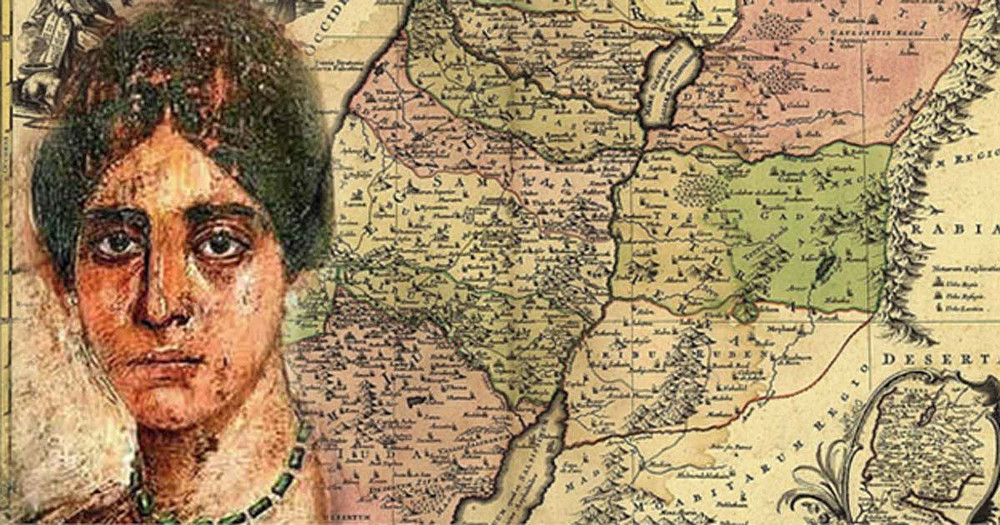Research Focus Itinerarium Egeriae and the Construction of Sacred Places
The content of the project is a reappraisal of the representation of biblical places with regard to their interpretation and construction in the Old and New Testaments as well as in the sources of early pilgrimage literature up to the 7th century with a special focus on the Itinerarium Aegeriae. In the 1930s with the "discovery" of the tomb of Jesus, especially by Constantine, begins the gradual "construction" of Christian holy places, which means a completely new element for Christianity. Through the introduction of "sacred" places, the world becomes heterogeneous, divided into fanum and (necessarily) pro-fanum ; into sacred and pre-sacred or non-sacred. This constructs a "topography of the sacred" that has had a tremendous impact on the understanding of Christianity to this day.
In conjunction with this new geography, the great phenomenon of Christian pilgrimage now emerges, visiting, using, and, more importantly, reinterpreting these places (now perceived as "sacred"). Until the 4th century, pilgrimage in Christianity was mainly associated with the martyrs' tombs. From then on, pilgrimage is oriented mainly to martyrdom par excellence and the funeral church.

The Itinerarium Aegeriae should be seen in this context. This is the account of the pilgrim Egeria, who travels through the "Holy" Land (i.e. the land of the Bible in the broader sense) in 381-384. She is an extraordinary figure, a woman traveling alone in the midst of patriarchal society, able to impose her will without opposition, and writing for a female readership. Her descriptions of the biblical texts and the places she visits still hold treasures that can tell us much about historical Christianity and its transformation from an independent religious movement to religio imperii . The Itinerarium Aegeriae , however, is to be classified in the general genre of itinerarii ("pilgrim's guides"), i.e., books that provide mainly technical descriptions of places and distance information or stages to Jerusalem. This genre includes, among others, the accounts of the Pilgrim of Bordeaux 333 and the Pilgrim of Piacenza 570, all of which follow a "pilgrimage route" along itinerarii.
The project will look at how the various biblical and post-biblical authors construct the relationship between salvific event and topos of the event, and how new readings were developed in the process, from the biblical account through Egeria to the early Byzantine phase in the 7th century (when the Holy Land was conquered first by the Persians and then definitively by the Arabs). In those
centuries, the biblical geography of the "Holy" restored by Egeria's generation is continued on the one hand and reconciled with the emergence of a new geography of the Holy on the other. This seems to allow us to do two things by the seventh century: a) see the continuities b) address something that is not only a historical fact but also has similarities with what is happening in recent times: How in Byzantine times the biblical geography of salvation is partially disregarded in favor of a geography that focuses on other areas (Constantinople, for example) and holiness (no longer the reference to biblical history, but to more contemporary things like relics of saints, etc.). The "sacred" of the "Holy Land" is not only constantly "reinterpreted" today (Israel, for example, did and does the same thing); these mechanisms are already found in the first centuries of Christian history.